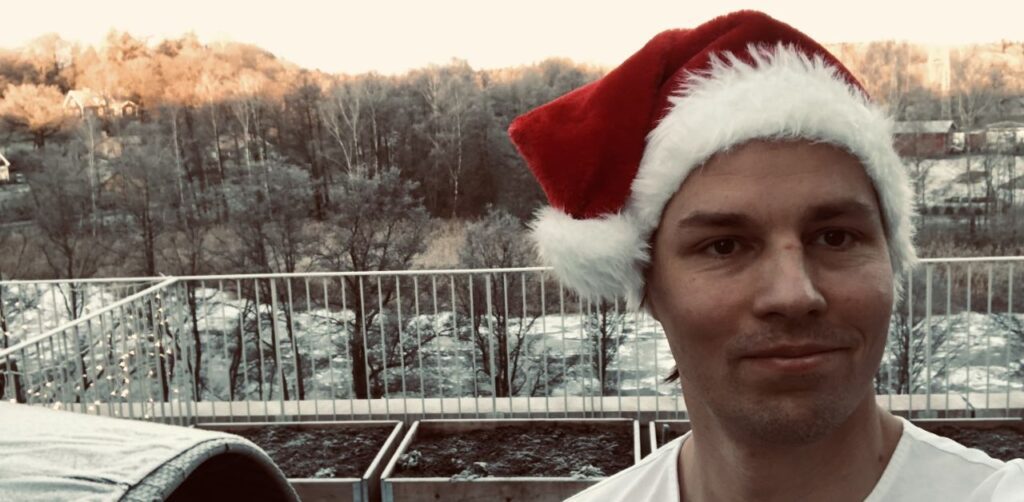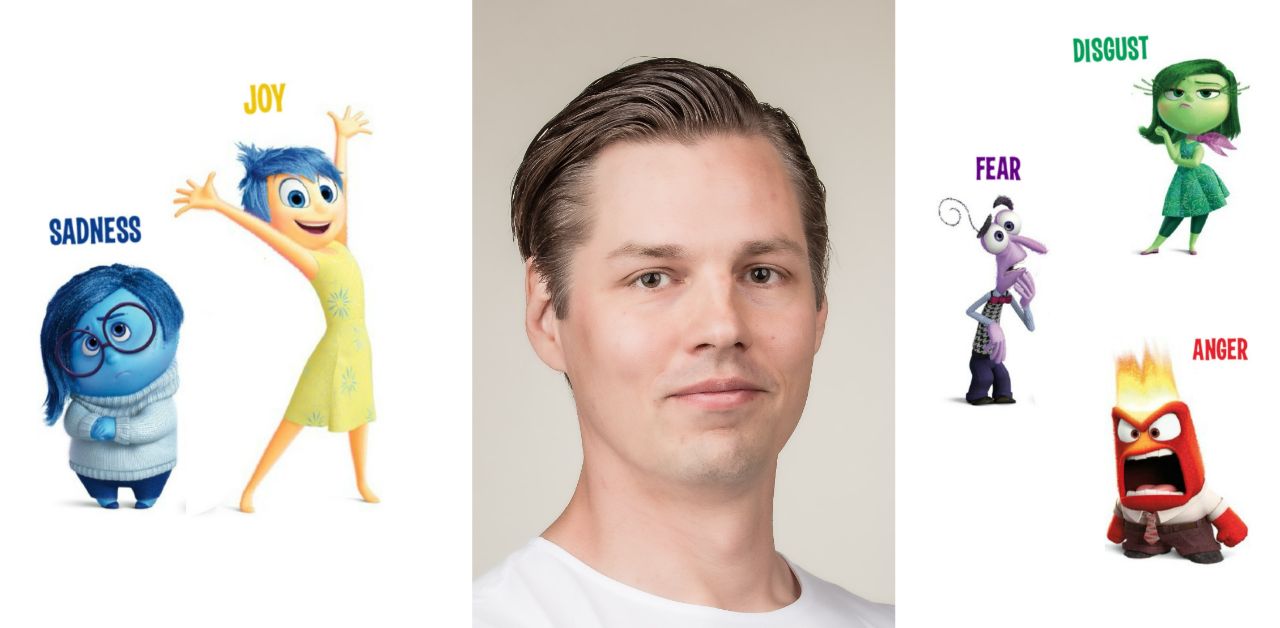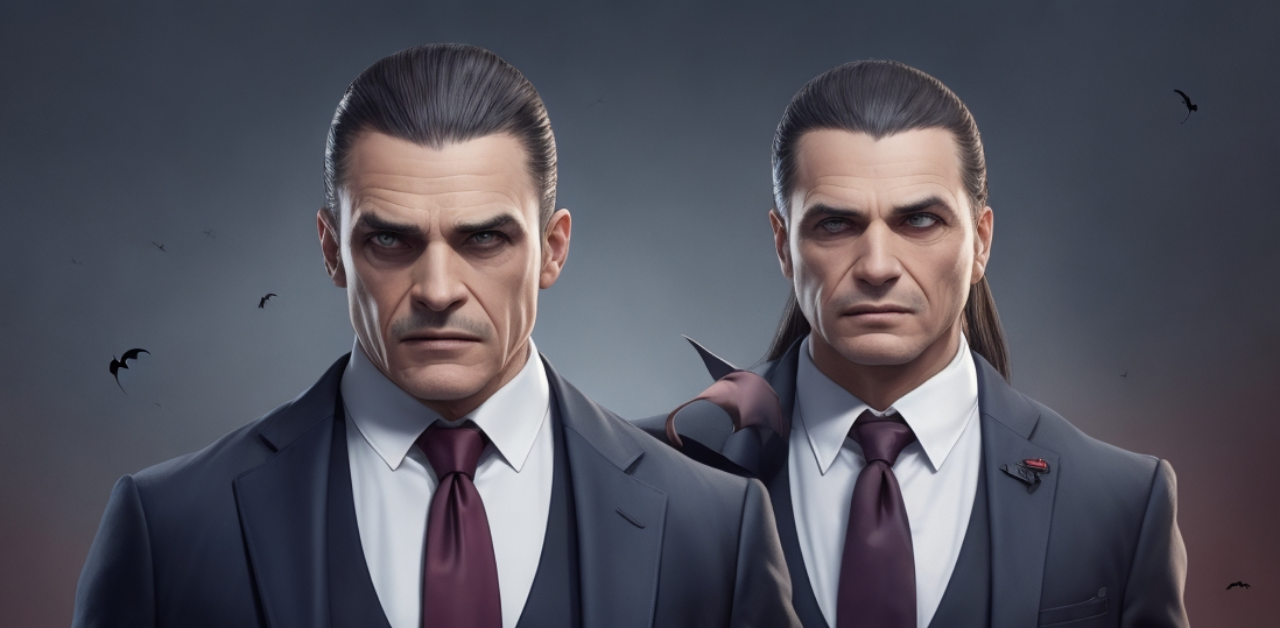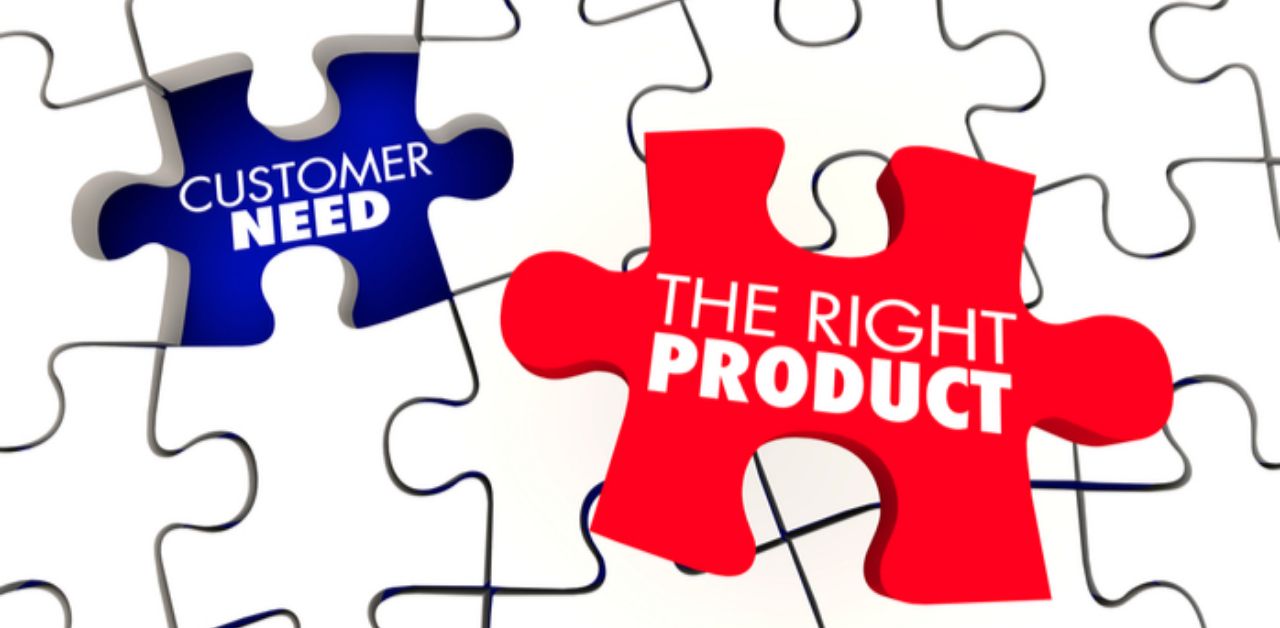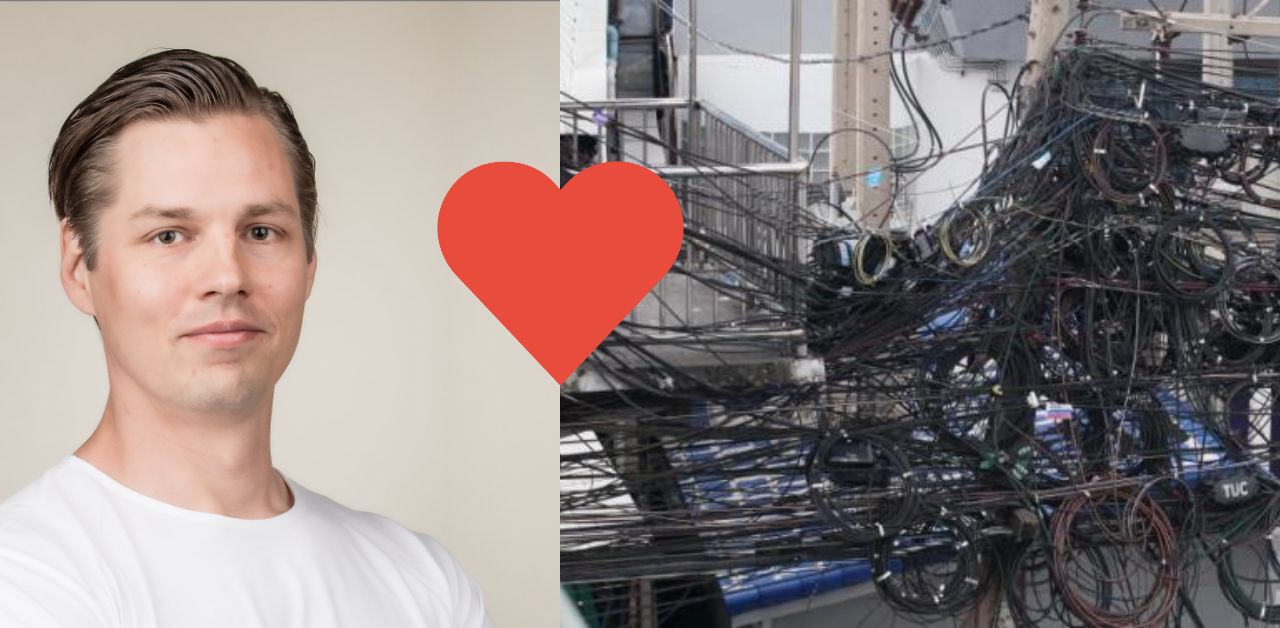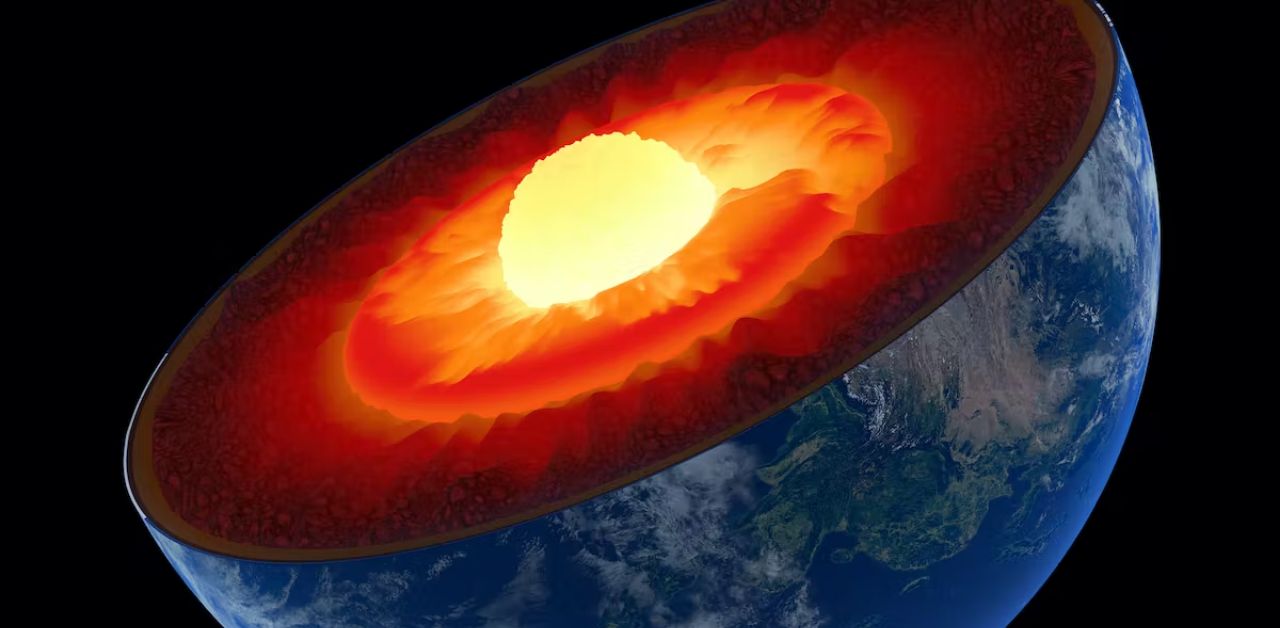To be able to achieve our goals we need to be good at focusing our energy on what is important. In this article, I will share parts of my principle on how preserving energy can enable us to achieve more without burning out.
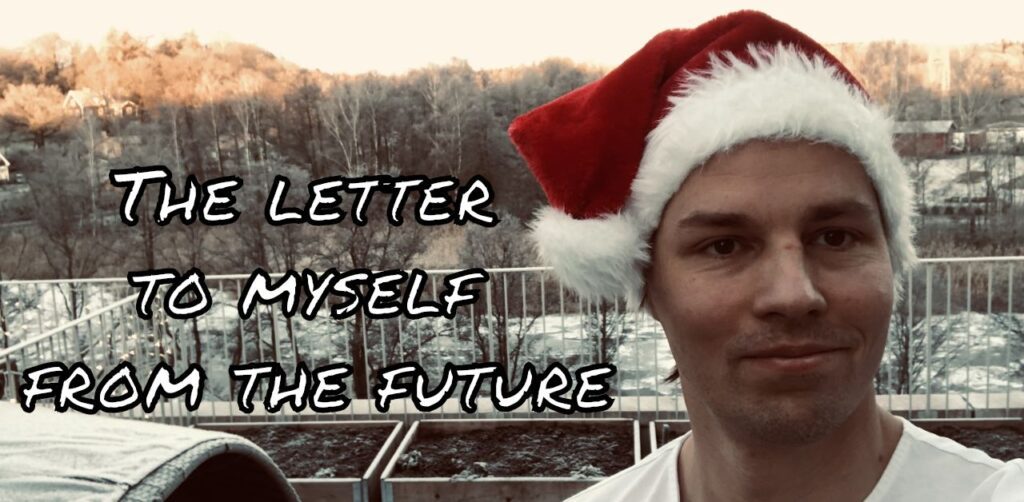
At first, this article was going to be a summary of the year that has passed in general. But I then figured it’s more useful to share some insights on what works for me to stay focused than to list all things I’ve done this year.
However, this choice of topic left me a bit conflicted as there are hundreds, if not thousands of articles about productivity out there so I’m not sure how novel this content is. All I can say is this that works for me and maybe it can inspire you to make some changes.
Let me know if you like it and I can expand it as this is just a small portion of my principles. Covering it all, and in the depth it deserves, would take a whole series of articles.
Being effective is preserving energy
“I don’t have time to do that presentation!” a colleague told me. I could see the tiredness in her eyes. Maybe you have been here, I know I certainly have.
But the concept of time is a very interesting topic. Actually, it’s our only truly inelastic resource. Once it’s spent, you can never get it back. One year passes and we are older. It’s also a very egalitarian resource as everyone gets the same amount. At least for some time yet until biotechnology solves rejuvenation and the rich can live forever.
However, on the flip side, we can always free up time. One example could be by doing the same amount of work faster. You know, like sprinting instead of walking to cover a distance.
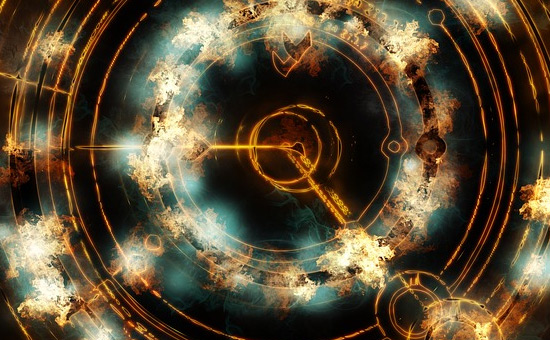
Some might call sprinting effective to get the job done. And that is certainly true for the time aspect. But every sprint takes its toll on our energy reserves. It takes longer to recover, and sprinting all the time might leave you in a state of constant energy drain.
During this year I’ve worked a lot on optimizing my energy instead of focusing on optimizing time. A cornerstone for that has been to keep expanding my knowledge about myself through reflection. In the next section, I’ll explain why knowing where we are and where we want to go is important.
Getting to know our values and goals
Our personal goals and values as well as the environment we act in shape a current around us. Think of it as a virtual river flowing. If we are not careful we are swept away by it. Constantly working against these factors makes everything feel like a struggle.

The external factors, such as the people you engage with can be a huge energy drain or energy boost.
You are the average of the five people you spend the most time with.
Jim Rohn
It’s hard to change people, really hard. And besides, who are we to say they need to change? It often boils down to our personal values and their mismatch with others. So either we need to change our expectations of them or we can change who we engage with. Not everyone fits together.
To get in touch with understanding my personal values and goals I’ve been sitting down regularly and reviewing them. This happens about three times a year when I write them down on a large virtual whiteboard. To make it super tangible for you I’ve taken a screenshot of a portion of it.

Complementing the values I also have a long-term plan. Some people I talk to say they don’t have this plan. But I’d say sure they do, it is just hidden in their subconscious. Let’s look at an exercise I’ve used to make this plan become more clear for me.
The 5-decade plan and the letter from my future deathbed
On this whiteboard, I also have a super-long-term visionary plan for my life. I have mapped out important milestones 10-20-30-40-50 years from now in aspects such as Family, Career, and Health.
To better understand my priorities I wrote a letter to myself from the future. I pictured myself on my deathbed giving my current self advice on what matters in life. This has helped me ground myself in the decisions I make. It put things into perspective. Some things we view as important right now just don’t survive decades of aging. And then they probably are not that important.
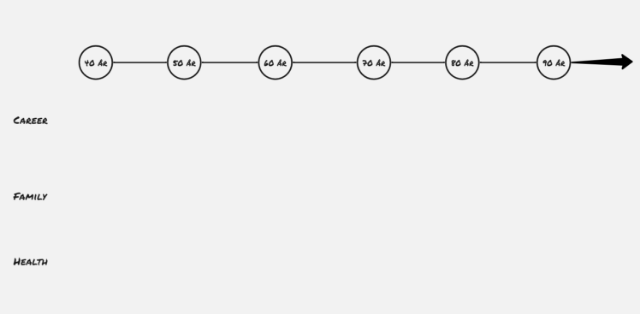
We shouldn’t let life just happen to us. If we don’t know where we want to go and what we value in life, how are we then going to make sound decisions? Chances are we defer the decisions for the future and someone with more decisiveness than us decides for us. Or random circumstances decide. Either way, we feel swept away by the current.
With our values articulated to ourselves and a plan for the future, we are in a position to make better decisions. Next, I’ll tell you about how I approach decisions.
Making bigger and better decisions
Decisions take a lot of energy to make. And in our society, there is a lot of decision to make all the time. And most of them do not matter at all. Like what toothpaste to buy, what series to watch on Netflix at night, or what to eat for lunch.
To combat this I’ve shielded myself from a lot of the small decisions. Some examples are I don’t open certain mail and I’m not on social media platforms such as Facebook. Thanks to that I don’t have to decide what I think about the latest opinions about Sweden’s corona strategy that someone I knew 20 years ago has put out there.
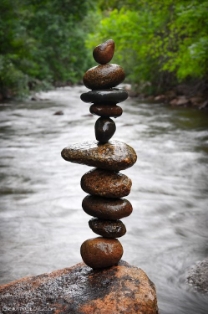
Basically, I’ve identified one large decision (not being on social media) that removes a lot of small decisions in the future. Decisions in the light of being an angel investor I’ve made is to not review proposals if it is cold approaches from people I don’t know.
To make sure I get enough recovery and to keep myself grounded I always start the day with 20 minutes of meditation and an emotional check-in. I always prioritize this, and since I don’t check my phone, email, or anything before I do it, nothing gets in the way. It is now as integral to me as brushing my teeth.
Make sure to stay focused on the task at hand
Slack is the best and worst thing that happened to the productivity of organizations. It’s like a weapon of mass destruction. Its power is immense but it threatens our most important resource, our ability to focus, and therefore also our energy reserves.
I see my colleague’s tired eyes in our video calls. Their fingers tap away focused on some email or slack message. They are not present in the meeting. Becoming a passive party only answering direct questions. And maybe, more importantly, they are exhausting themselves.
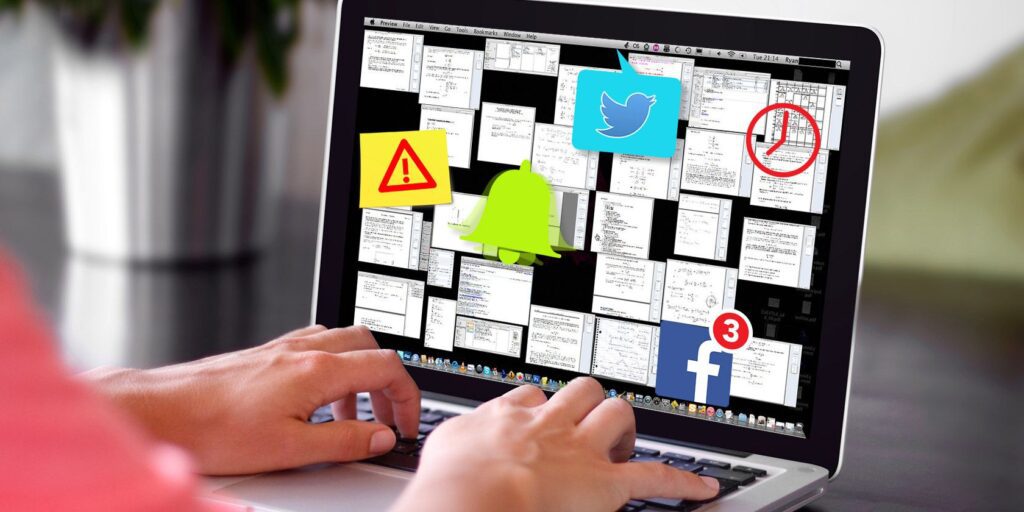
To stay productive we need to stay focused. Context switching and multitasking is the killer of your energy and thereby your productivity. Research from the University of California shows it takes more than 20 minutes to re-focus if you switch your attention to something else, like checking an incoming message.
Another example of this came up during a shareholder presentation. The CEO asked for input on a question and then another investor said he could not comment since he was on another call at the same time.
It’s like their attention is not what matters to us but their face on the screen. I made a decision a couple of years ago not to have any notifications enabled on my phone or my computer. It’s all turned off. I decide when to check for updates and start making decisions. And I don’t check my mail during meetings. In fact, I only check my email 1 time a day.
We have now covered how to know where we want to go and how to stay focused to get the most out of our time. In the last section, we will cover how to be able to cut your losses and salvage what’s possible when you get to a dead-end in your projects.
Reframing projects to be about learnings and insights
I’m a pretty stubborn person who does not give up easily. So I keep pushing as I viewed quitting as a failure. It’s a waste to not follow through all the way with things, right? This is the sunken cost fallacy at work.
I’ve actively worked to mentally shift the perception of the purpose of the project I take on. If the purpose is to learn and grow most things we do can feel rewarding. As long as it moves us closer to our goals. If we make sure to move on once we learned what is there to learn almost nothing we do is a complete loss.
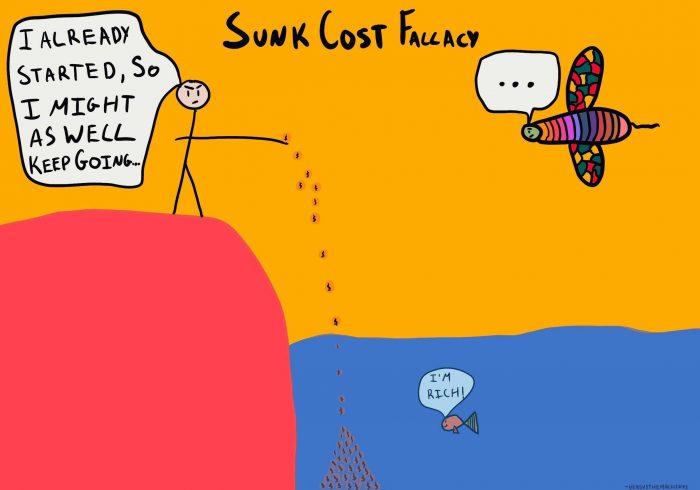
Cut your losses if needed. See want you can learn from the experience and then move on. Don’t follow that rabbit down the hole. Spend your energy on the things that matter to you.
Closing of the year with 7 investments in the portfolio
In 2021 I’ve looked at 131 investment cases. A good portion of these has resulted in several follow-up meetings, reference calls, and due diligence work. It’s safe to say I would not have been able to do this without the decision framework that I have shared part of in the article above.
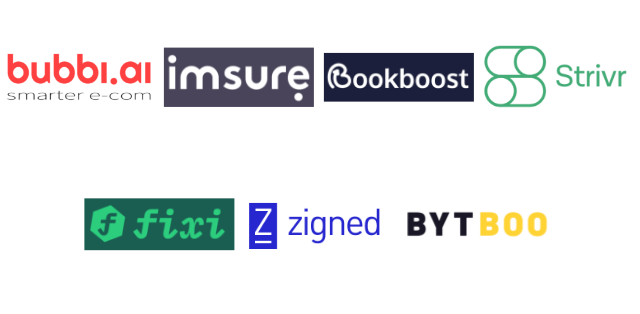
I’m advocating to have a ratio between incoming cases and investments be around 1:50. But when closing the books for 2021 my number is about 1:18. And if we look at the later part of the year the ratio is even higher.
This will require some thought to understand if all the decisions have been sound. The important part here is to evaluate the quality of the decisions based on the information present at the time it was made and not to wait and see what the return on the investment is.
What I do know right now is that all the investments fill me with positive energy when I think about the team. I really enjoy interacting with them. This is important for me. To further help the teams and surf on this wave of positive energy I’m engaged as a non-executive board member in two of these companies.
Bubbi.ai – AI-powered personalization for e-commerce
Imsure – Micro-insurance platform for e-commerce
Bookboost – Unified guest communication for the hospitality industry
Strivr – Task management system for financial operations teams
Fixi – All your bike needs in one place
Zigned – Digitalizing signing of documents
Bytboo – Bringing transparency to the real estate brokerage industry
Until next year, I wish you all a Merry X-mas and a Happy New Year. Stay focused and be kind to each other and to yourself.
